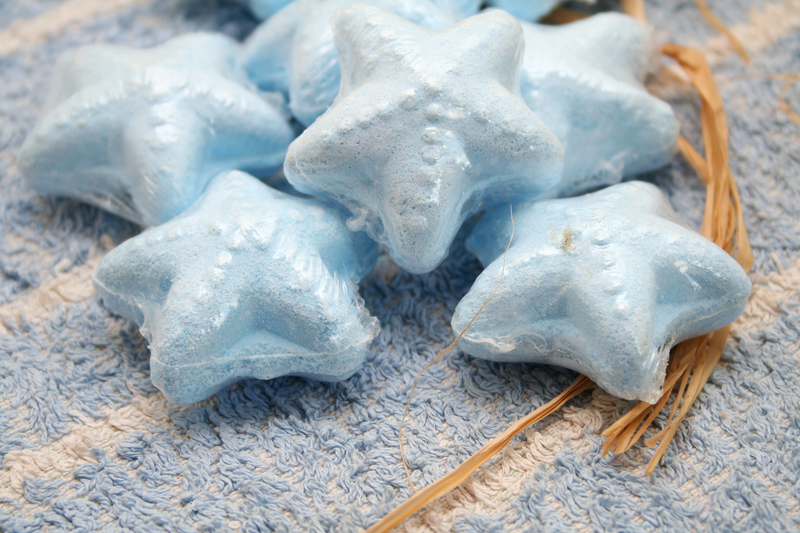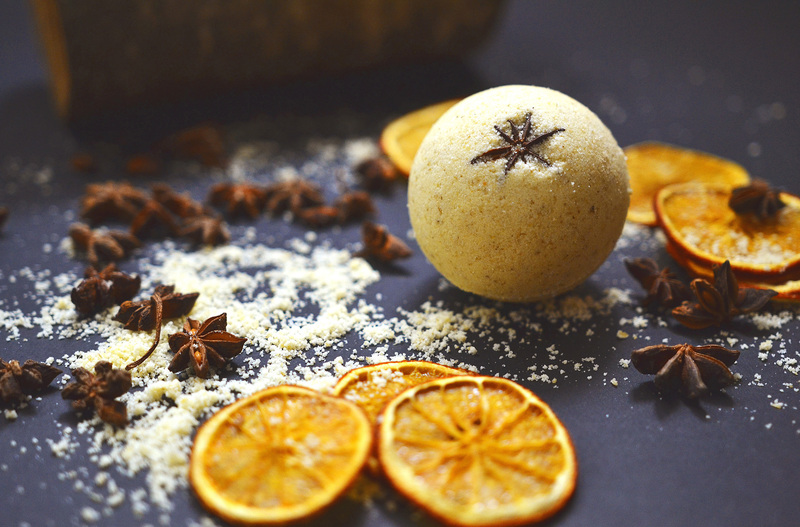Step-by-Step Guide to Spotless Curtains
Posted on 27/06/2025
Step-by-Step Guide to Spotless Curtains
Curtains serve as an elegant finishing touch in our homes and offices. But, beneath their beauty, they often hide dust, allergens, and stains. Keeping your curtains immaculate not only boosts your interior decor but also promotes a healthier living environment. In this comprehensive guide to spotless curtains, we will take you through all the crucial steps needed to maintain, clean, and extend the life of your draperies. Whether you're dealing with delicate sheers or heavy-duty blackout panels, these expert tips will help you keep your window dressings looking new for years.
Why Regular Curtain Cleaning Matters
Curtains are susceptible to collecting dust, pet dander, smoke, and even mold spores. Over time, unwashed curtains can become a hotspot for allergens and unpleasant odors. Regular curtain cleaning not only ensures spotless drapes but also maintains healthy indoor air quality. Here are some of the top reasons to prioritize curtain cleanliness:
- Allergen Control: Dust mites and pet hair love to settle in fabric folds, leading to sneezing or allergies.
- Longer Curtain Lifespan: Proper care prevents fiber breakdown and preserves your curtains' color and texture.
- Improved Room Aesthetics: Clean curtains elevate the look and feel of your entire space.
- Odor Neutralization: Regular washing and airing out eliminate musty or smoky smells.

How Often Should You Clean Your Curtains?
The frequency of curtain cleaning depends on location, material, and exposure to pollutants. As a general rule:
- Launder or deep clean your curtains every 6 to 12 months.
- Vacuum or shake out dust every 2 weeks.
- Spot clean stains promptly to avoid permanent marks.
- Homes with pets, smokers, or allergies may require more frequent care.
Getting Started: Understanding Your Curtain Fabric
Before you begin the cleaning process, identify your curtain material. This ensures you use the right techniques and avoid shrinkage, fading, or damage. Common curtain fabrics include:
- Cotton: Washable in most cases, but check if they're pre-shrunk.
- Linen: Needs gentle handling; some require dry cleaning.
- Polyester: Durable and machine washable.
- Velvet: Usually dry-clean only.
- Silk: Needs professional cleaning.
- Sheer/Synthetic blends: Often machine washable, but always check the care label.
Tip: Always check the manufacturer's label for specific cleaning instructions. If in doubt, test a small hidden section first.
Step-by-Step Cleaning Guide to Achieve Spotless Curtains
Step 1: Gather Your Supplies
To embark on your journey to spotless drapes and curtains, assemble the following essentials:
- Vacuum cleaner (with brush or upholstery attachment)
- Lint roller or soft-bristled brush
- Ladder or step stool
- Mild laundry detergent
- White vinegar (for stain removal, odor control)
- Clean, white cloths or microfiber towels
- Sewing kit (to repair loose hems or buttons)
- Optional: Steam cleaner
Step 2: Remove Curtains from the Rods
If possible, take down the curtains for a thorough cleaning. Removing hooks, rings, or other hardware prevents rust stains and ensures every inch of fabric is accessible.
- Label each curtain panel for easy rehanging, especially for layered or pleated designs.
- Tip: Gently shake outdoors to remove loose dust and debris before proceeding.
Step 3: Vacuum and Brush Off Loose Dirt
Before washing, use a vacuum cleaner with a brush attachment to remove dust, cobwebs, and pet hair. Move the nozzle vertically across both sides for best results.
- Use a lint roller to capture stubborn fur or fluff, particularly on velvet or textured curtains.
- A soft-bristled brush can help dislodge debris caught between folds.
Step 4: Spot Clean Stains and Trouble Areas
For localized stains, address them before washing:
- Mix a few drops of mild detergent and water.
- Dab the stain gently using a white cloth (avoid scrubbing, which can fray fibers).
- For tough stains, add a splash of white vinegar for its natural deodorizing and lifting power.
- Rinse the area with a damp cloth and blot dry.
- Allow the spot to air dry before full washing to minimize watermarks or rings.
Step 5: Choose the Appropriate Cleaning Method
Depending on fabric type and care label instructions, select from the following methods:
- Machine Washing: Suitable for cotton, polyester, and blends. Use a gentle cycle, cold or lukewarm water, and a mild detergent. Always fasten buttons or tie loose cords to prevent tangling.
- Hand Washing: Ideal for delicate or vintage curtains. Fill a tub with cool water and a few drops of mild detergent. Soak curtains for 10-15 minutes, gently agitate, rinse thoroughly, and avoid wringing.
- Dry Cleaning: Fabrics like silk, velvet, brocade, or those labeled "dry clean only" should be taken to professionals. DIY cleaning may cause shrinking or color bleeding.
- Steam Cleaning: A great option for in-situ cleaning, especially with blackout or lined curtains you prefer not to remove. Use a handheld steamer; move downward in gentle strokes to avoid water spots.
Step 6: Drying Your Curtains Correctly
Improper drying can ruin even the cleanest curtains. Follow these tips:
- Air Dry: Best for maintaining fabric shape and size. Hang curtains on a clothesline, drying rack, or back on the rod (place towels below to catch drips).
- Machine Dry (if allowed): Use a low heat setting and remove curtains while still slightly damp to minimize wrinkles.
- Never wring out heavy fabric curtains, as this can distort the weave or damage linings.
Step 7: Ironing and De-Wrinkling
For that perfectly tailored look, iron or steam your curtains as needed:
- Set your iron to the correct temperature for your curtain material.
- Use a pressing cloth for delicate or synthetic fabrics to prevent shiny marks.
- Alternatively, use a handheld steamer for vertical de-wrinkling, especially useful for sheer or layered panels.
Step 8: Rehanging and Final Touches
Once curtains are dry and wrinkle-free, reattach any hooks or hardware and carefully hang them back. Take the opportunity to inspect your curtain rods for dust, cobwebs, or rust and clean accordingly.
- Straighten pleats and folds for a smart, uniform drape.
- Pro Tip: Spray a gentle fabric freshener or lightly mist with diluted essential oils for lasting freshness.
Special Tips for Different Curtain Types
Sheer Curtains
- Use cold water and mild detergent.
- Always air dry to prevent shrinkage or misshaping.
- Avoid hot irons; use a steamer or low heat setting with a cloth barrier.
Blackout or Thermal Curtains
- Some have foam or rubber backings; always check care instructions.
- Spot clean and vacuum more frequently to maintain energy efficiency properties.
- Never use bleach or abrasive cleaners, which can damage lining.
Delicate Fabrics (Silk, Lace, Velvet)
- Professional dry cleaning is recommended.
- If spot cleaning, use a barely damp cloth and blot gently--never rub.
- Keep away from direct sunlight to avoid fading.
Routine Maintenance for Year-Round Spotless Curtains
To maintain those pristine curtains between washes, follow this simple routine:
- Weekly: Dust and vacuum to prevent buildup.
- Monthly: Inspect for stains or odors and spot clean as needed.
- Seasonally: Take down and deep clean, checking hardware for wear and tear.
- Open windows occasionally to air out fabric and reduce mustiness.
Common Curtain Cleaning Mistakes to Avoid
- Ignoring care labels: This can lead to irreparable damage.
- Overloading washing machines: Too many curtains can tangle, stretch, or tear fabric.
- Using harsh chemicals: Stick with mild detergents to preserve color and fiber strength.
- Sun-drying delicate fabrics: Can cause fading--choose shade or indoor drying for silks and velvets.

Frequently Asked Questions
Can I wash all types of curtains at home?
No. While many cotton and polyester curtains are machine-washable, fabrics like silk, velvet, or those with specialty linings often require dry cleaning.
Is steam cleaning effective for curtains?
Yes! Steam cleaning is excellent for refreshing curtains without taking them down. It kills bacteria and lifts odors, but test a small spot first to prevent water stains.
How do I prevent curtains from fading?
Avoid direct sunlight and harsh detergents. Consider lining curtains or using UV-filtering window films for extra protection.
What's the fastest way to freshen up curtains?
Vacuum and steam. Regular vacuuming lifts dust; a handheld steamer can quickly remove wrinkles and freshen fabric between full washes.
Conclusion: Enjoy Spotless Curtains Year-Round
A little extra care rewards you with spotless, beautiful curtains that last longer and uplift your space. By following this step-by-step guide, you will not only master the art of curtain cleaning but also ensure a healthier, more inviting home.
Make routine maintenance a habit, and always tailor your cleaning method to the specific material of your drapes. If ever in doubt, seek professional advice before tackling delicate or valuable window coverings. Your windows--and your family--will thank you!
Bookmark this guide to spotless curtain care and share it with friends and family. Clean curtains are not only about looks; they're about well-being, comfort, and pride in your home.




